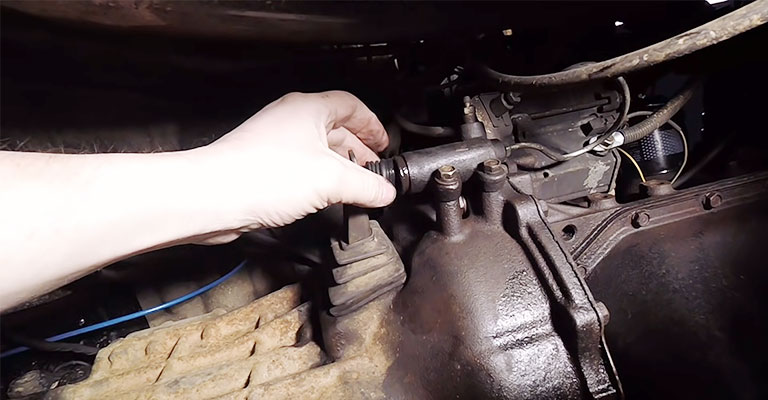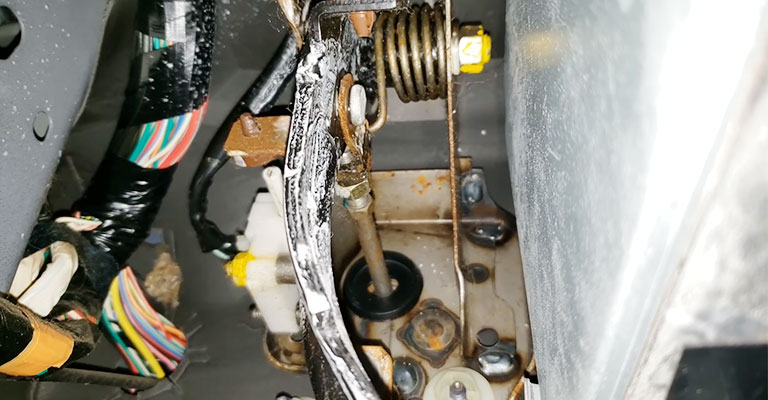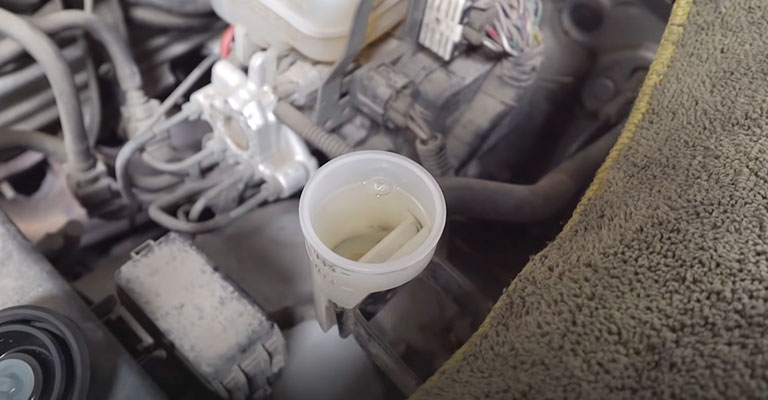When the clutch pedal is engaged, it should not make any noise. If you hear a squeak or a grinding sound, then there might be something wrong with your clutch.
When your car squeaks, it can be very irritating. Squeaking clutches are one of the most common Civic problems, and they can be easily fixed.
The squeakiness in your clutch pedal can be caused by a number of things, so keep reading to discover what they are and what you can do about it.
What Causes My Clutch Pedal To Squeak?
Hearing a new noise from the car and wondering what it is, where it is coming from, or if it is a bad sign is the most frustrating thing for a car owner. It is even more annoying when the noise occurs without any other symptoms, such as rough riding, a rough idle, or a burning smell.
Do you think it’s something that can be ignored or something that should be taken seriously? Often, determining exactly where the noise comes from is the most difficult part of troubleshooting.
All these places can create noise as well as conceal its location, such as under the car, in the front, in the back, in the engine compartment, or in the cabin. The glove box can sometimes sound like a noise coming from underneath the car.

Because of this, figuring it out can be a pain. There is a common noise that is heard when pressing the clutch pedal on the Honda Civic: a squeak. In many cases, troubleshooting this problem would be more challenging than it actually is due to its commonality.
The squeak can be caused by many different factors, all of which are easy to fix. In this article, we’ll shed light on those causes and what you can do to repair them.
Diagnosing A Squeaky Clutch & Troubleshooting Tips
It is possible that after a while, you will begin to hear squeaking noises when you use the clutch. This noise can be addressed and resolved in two ways, and here are the steps you need to take.
The clutch pedal may need to be lubricated or the slave cylinder in the engine bay may need to be lubricated if the clutch squeaks when pressed down.
Metal rubs against metal and produces the squeaking sound when there is insufficient lubricant, causing the lubricants to dry.
For both situations, you can use lithium grease with a high melting point. The clutch and slave cylinder may be lubricated if you hear squeaks from your Civic.
You know for sure that you have addressed the underlying reason why your clutch squeaks when you press it with both projects, and this way you save time.
Method 1 – Clean And Grease The Slave Cylinder
It is possible to lose the lubricant in a ball and joint over time, which results in a squeak. The slave cylinder is the most common cause of squeaking sounds coming from the engine bay and not from the clutch pedal.
The slave cylinder has a rounded end (similar to a ball) that attaches to an indentation on the clutch fork (similar to a ball joint).
OEM lubricants dry up, dissipate, or otherwise become ineffective over time. Civics suffer from this problem frequently. Solving this issue is very simple.

The slave cylinder is held to the clutch housing by two bolts. Remove them. It is necessary to remove the rubber boot covering the slave cylinder.
The ball and joint should be lubricated generously with a high-temperature grease lubricant. After reconnecting the rubber boot, reinstall the two bolts.
Method 2 – Lubricate The Clutch Pedal With A Spray Lubricant
It might help if you apply a little grease to the clutch pedal itself if the squeak is coming from there. The shaft-piston assembly beneath the clutch pedal moves in and out each time the pedal is depressed.
As these parts move, their lubricants can dry out over time. All you need is a little bearing grease. WD-40 spray is a good option, but it will only last for a short period of time. A thicker grease lube lasts longer and does not drip everywhere.

Your foot pedals are behind the dash, so crawl under them. Look for the piston or the guides behind the clutch that slide the rod through. Make sure these moving parts are greased well. Work the clutch in by pumping the pedal a few times.
Method 3 – Change Your Clutch Fluid
Just like brake fluid, clutch fluid needs to be replaced regularly. DOT 3 brake fluid is used in the clutch, just as it is in your brakes. The fluid is clear. You should replace yours if it is black or so dirty that you cannot see through it.
It is possible that dirty fluids are causing the squeaking you are hearing. The problem can be easily fixed if it is that bad.
Check the color of the clutch fluid by removing the cap from the reservoir. On the slave cylinder, you will find the bleeder valve. Keep the clutch reservoir filled with fresh fluid while bleeding the clutch bleeder valve.

Once the slave cylinder is clear with fresh fluid, continue bleeding fluid from it. The reservoir cap and the bleed valve cap should be replaced.
The Easiest Way To Repair A Squeaky Clutch
Pull up the carpeting on the driver’s side of the vehicle. Find the clutch cylinder. The pedal assembly is above your clutch. A cylinder in the firewall connects the clutch to the engine.
Look for a tiny hole. It can be found on the cylinder’s face. If you press the clutch a little, you may be able to reach the hole easier. Squeeze lithium grease into hole with tip inserted.
The clutch should be pumped about 20 times by hand. The lithium grease tip should be inserted back into the hole and squeezed. Pump the clutch 20 times by hand. In the event that you pump too hard, lithium grease may come out of the hole and drip on your vehicle.
Put the driver’s side mat down and push the carpet back into place. The hood should be lifted and locked into place. The slave cylinder can be found by looking under the hood. It is secured to the clutch housing with two 12mm bolts and has a boot cover.
Remove two 12mm bolts from the slave cylinder. The boot cover should also be removed. You can more easily access the slave cylinder once you remove the bolts and boot cover.
Ensure that grease is applied to the slave cylinder and to the ball itself as well as the hole where the ball touches it. Using high-temperature grease, apply one bead.
The slave cylinder should be inserted back into the clutch. The two 12mm bolts must be reattached and the boot cover must be replaced using a 12mm socket and ratchet.
Once the squeak has been eliminated, press the clutch again. Do Steps 6 and 7 again if you still hear a squeak. When you are finished, close the hood.
The Bottom Line
When your car doesn’t perform as well as you would expect, it’s time to take it to a garage and get it checked by a professional. You will need to replace the entire clutch if you feel the clutch slipping, sticking, or grabbing while driving.

Leave a Reply